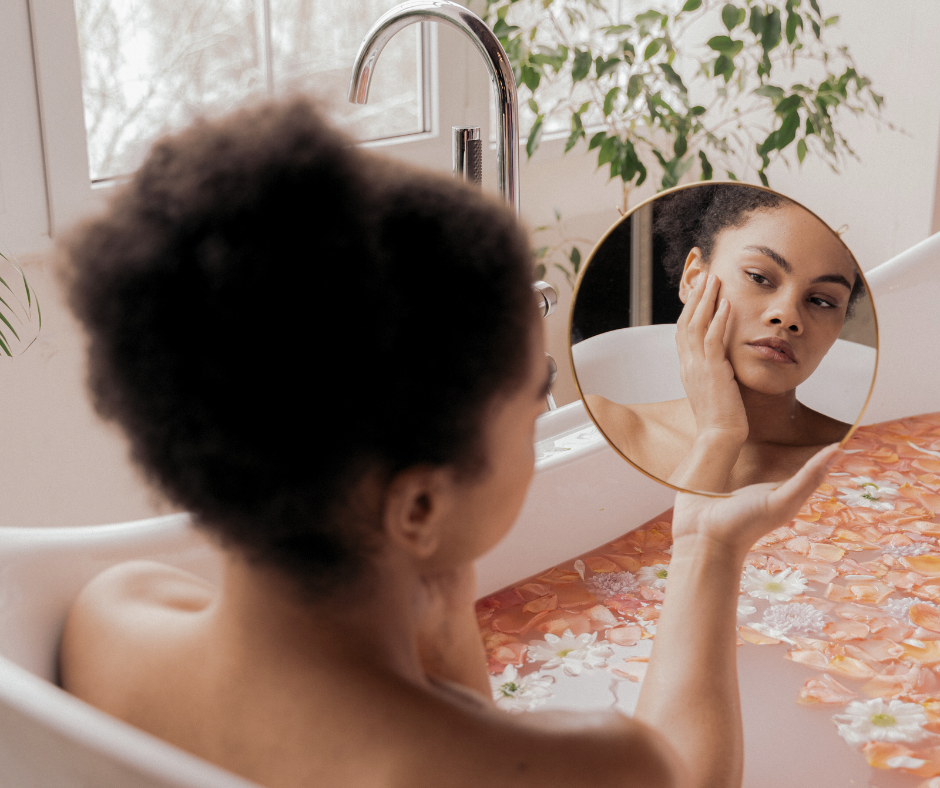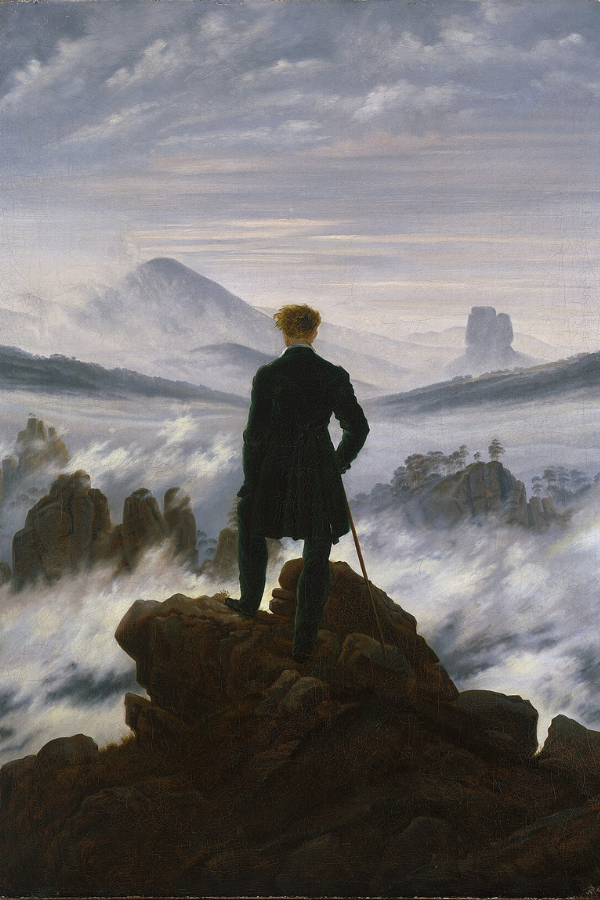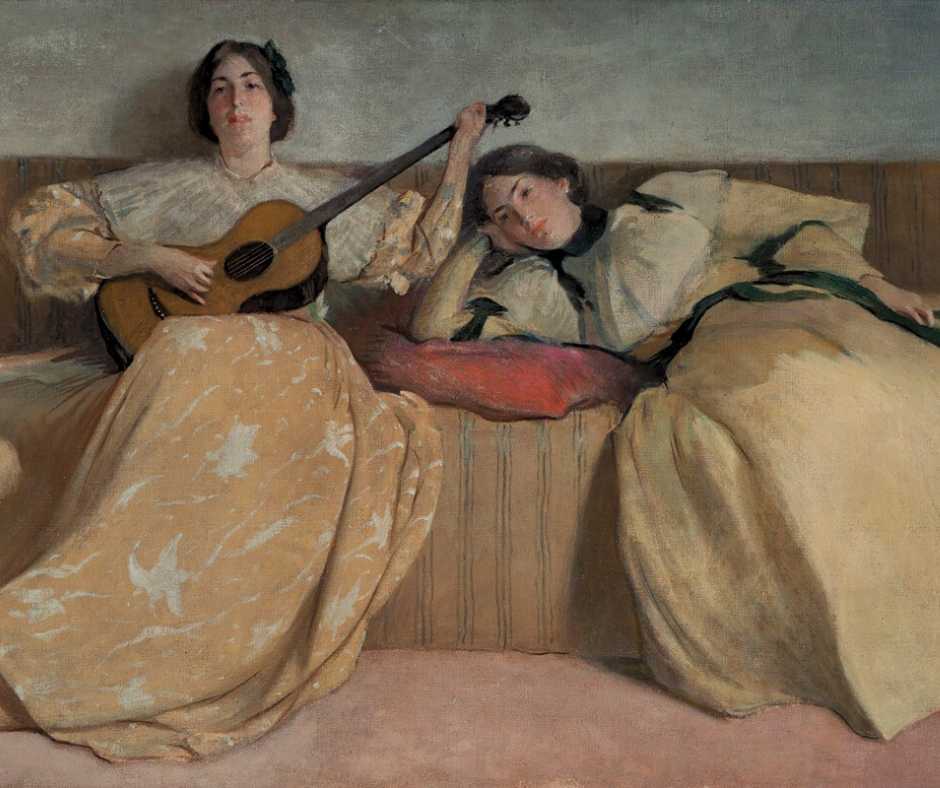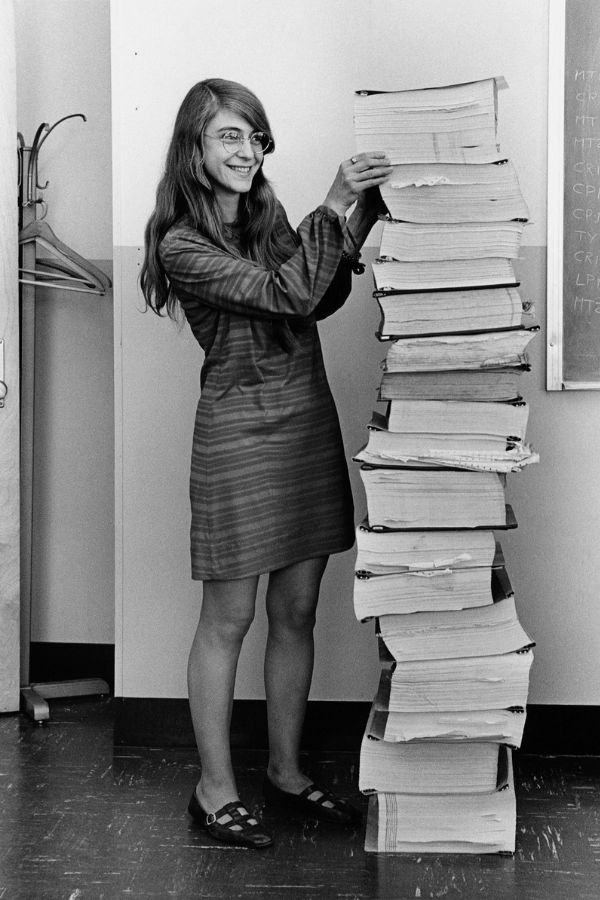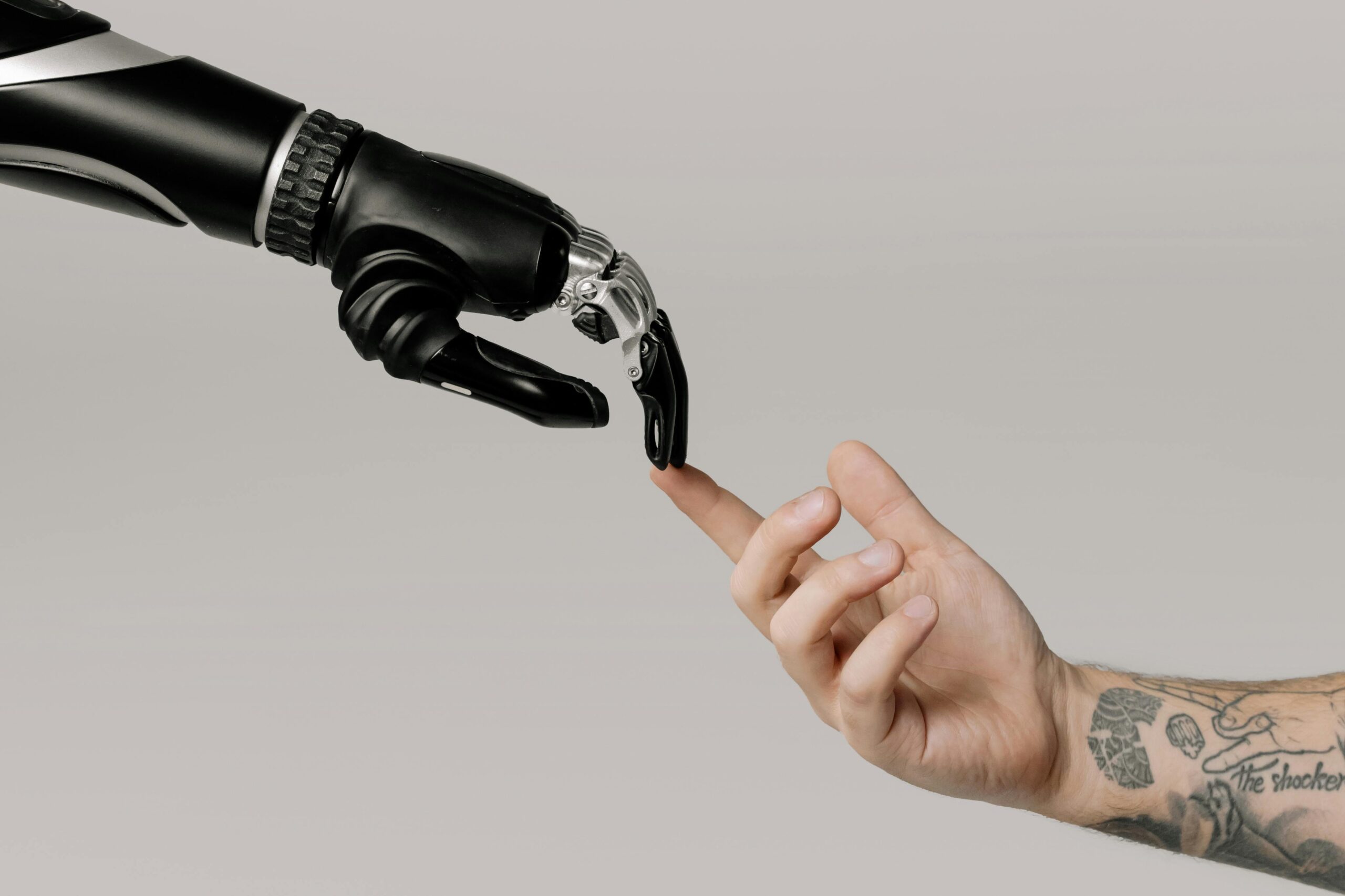
AI for Interior Design: Transform Your Space
Summary
Reflection Questions
Journal Prompt
You’re standing in your living room, feeling utterly uninspired by the same old decor you’ve had for years. Suddenly, your phone buzzes with a notification – ‘Your AI-powered design assistant is ready to reimagine your space!’
Welcome to the brave new world of interior design, where artificial intelligence is your creative sidekick, ready to transform your home faster than you can say ‘midcentury modern’.
AI has burst onto the interior design scene like a pop of color in a monochrome room, introducing a suite of innovative tools that are changing the game. Gone are the days of endlessly flipping through magazines or agonizing over paint swatches.
Now, with a few taps on your screen, you can visualize entire room makeovers, experiment with countless style combinations, and even get personalized recommendations based on your taste (and budget – because let’s face it, we can’t all afford that designer chandelier we’ve been eyeing).
But before we get carried away with visions of AI-designed utopias, let’s take a moment to consider both the delightful perks and potential pitfalls of this tech-meets-decor revolution.
On one hand, these clever algorithms are enhancing creativity in ways we never thought possible, allowing us to explore design ideas we might never have conceived on our own. They’re also saving us time and money – no more expensive mockups or time-consuming sketches.
On the other hand, there’s something to be said for the human touch in design. Can an AI truly capture the essence of your quirky personality in your home office setup?
Efficient Interior Transformations with AI Tools
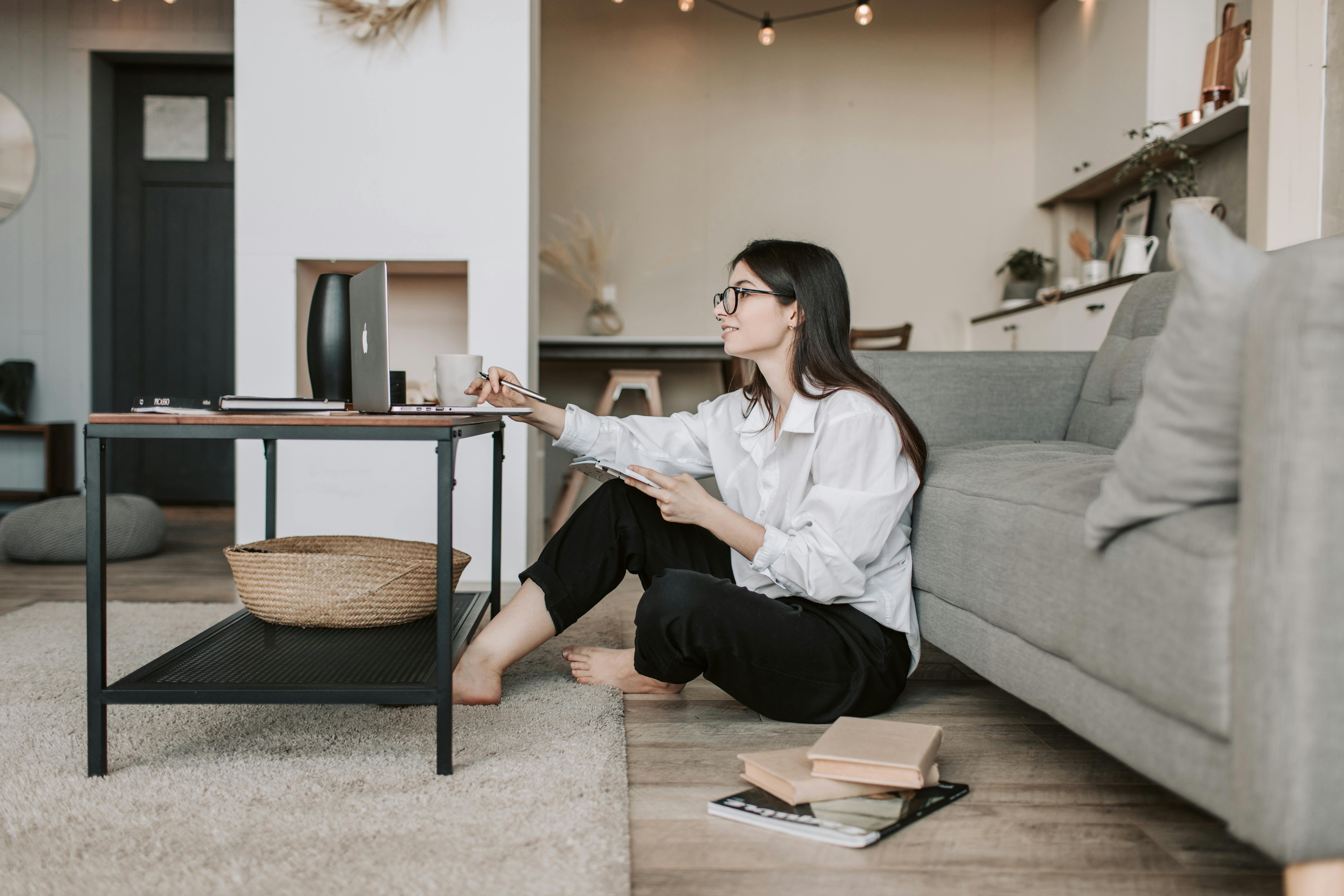
Photo by Vlada Karpovich on Pexels.
Now, I’m no tech wizard (I still struggle with the TV remote sometimes), but even I can’t help but get excited about the magic of AI in interior design. These clever tools are like having a team of design elves working round the clock to transform your space. And the best part? You don’t need to leave your pajamas or your budget behind to use them.
The AI Design Process: Easier Than Assembling Flat-Pack Furniture
So, how does this wizardry work? It’s surprisingly simple, even for those of us who think ‘coding’ is something you do to secret messages. Here’s the gist:
1. Snap a pic of your room (yes, even with the laundry pile – the AI doesn’t judge).
2. Upload it to your chosen AI design tool.
3. Pick a style that tickles your fancy.
4. Hit that magic button and watch your space transform faster than you can say “Where’s my measuring tape?”
It’s like playing dress-up with your house, minus the heavy lifting and buyer’s remorse. And the results can be jaw-dropping. I once used an AI tool to redesign my bedroom, and it went from “college dorm chic” to “boutique hotel luxe” in seconds. My cat was not impressed, but I was over the moon!
A Smorgasbord of Styles at Your Fingertips
Now, let’s talk about the veritable buffet of design styles these AI tools offer. It’s like being a kid in a candy store, but instead of sugar highs, you get design highs (and trust me, they’re just as addictive). From minimalist zen to maximalist madness, there’s something for every taste.
Want to channel your inner Marie Kondo? There’s a minimalist style for that. Feeling like you should have been born in the ’60s? Mid-century modern is just a click away. Dreaming of a Balinese retreat but can’t afford the airfare? Tropical paradise, coming right up!
The variety is mind-boggling. According to DreamRoomAI, their platform alone offers over 70 unique interior design styles. That’s more options than I have in my wardrobe (and trust me, I’m no minimalist when it comes to clothes).
But here’s the real kicker – you can mix and match these styles like you’re creating a design cocktail. Fancy a dash of industrial with a sprinkle of Scandinavian? Go for it! The AI doesn’t judge, it just delivers. It’s like having a non-judgmental, infinitely patient designer friend who’s always ready with a new idea.
The Joy of Experimentation (Without the Commitment)
One of the best things about these AI tools is the freedom to experiment. Remember that time you painted your bedroom hot pink on a whim? (No? Just me?) Well, with AI, you can try out wild ideas without touching a paintbrush or moving a single throw pillow.
It’s the perfect playground for the indecisive among us (hello, fellow Libras). Can’t decide between boho chic and modern farmhouse? Try them both! And then try a mash-up of the two, because why not? It’s risk-free decorating at its finest.
So, my fellow design enthusiasts, I encourage you to dive into this AI-powered design pool. Play around with styles you’d never dare try in real life. Turn your living room into a futuristic space pod or a Victorian parlor. The only limit is your imagination (and maybe your partner’s patience if you keep changing the virtual furniture every five minutes).
In the end, these AI tools are not just about creating pretty rooms – they’re about unleashing our creativity, exploring new possibilities, and having a bit of fun along the way. And who knows? You might just discover your inner design genius hiding behind that AI algorithm.
Now, if you’ll excuse me, I’m off to turn my kitchen into a 1950s diner. Or maybe a jungle treehouse. Or both? Ah, the possibilities!
Choosing the Right AI Design Tools: A Midjourney vs. Krea Showdown
So you’re sitting at your desk, staring at a blank canvas (or in this case, a blank screen), and suddenly you’re hit with a brilliant idea for a design. But here’s the catch – you’re not exactly Picasso with a mouse. Enter the world of AI design tools, where your wildest creative dreams can come to life with just a few keystrokes. It’s like having a tiny art genie trapped in your computer, except instead of three wishes, you get unlimited attempts at creating that perfect image.
But which genie should you choose? Let’s dive into the magical realm of Midjourney and Krea, shall we?
Midjourney: The Artistic Overachiever
First up, we have Midjourney – the cool kid on the AI block that’s been turning heads faster than a cat video on the internet. Known for its high-quality outputs and a community more vibrant than a tie-dye convention, Midjourney has become the go-to for many digital Picassos-in-training. But what makes it tick?
Midjourney boasts an impressive array of features that’ll make your inner artist squeal with delight. From generating stunning landscapes to crafting otherworldly creatures, this tool is like having an entire art department at your fingertips. And the best part? You don’t need to provide them with coffee or deal with artistic temperaments. According to this handy pricing overview, Midjourney offers various plans to suit different needs and budgets. Whether you’re a casual doodler or a full-fledged design junkie, there’s a plan that’ll fit you like a well-tailored digital smock.
Krea: The New Kid on the Block
Now, let’s talk about Krea – the fresh face in the AI design world that’s been turning heads and raising eyebrows. If Midjourney is the seasoned artist with a gallery full of masterpieces, Krea is the exciting newcomer with a trunk full of innovative ideas and a penchant for breaking rules.
What sets Krea apart? Well, for starters, it’s like the Flash of AI design tools – offering real-time image generation that’ll make you feel like you’re in a sci-fi movie. It’s perfect for those of us who have the patience of a toddler in a candy store (guilty as charged). Plus, Krea’s integration capabilities mean it plays well with others – a true team player in your digital toolkit.
The Showdown: Features and Pricing
Now, I know what you’re thinking – “cut to the chase! Which one should I choose?” Well, dear reader, that’s like asking me to pick a favorite between chocolate and pizza. It’s just not fair! But let’s break it down:
Midjourney is the heavyweight champion when it comes to image quality. If you’re looking to create stunning visuals that’ll make jaws drop and eyes pop, this might be your jam. It’s got a learning curve steeper than my coffee consumption graph on a Monday morning, but the results? *Chef’s kiss*
Krea, on the other hand, is all about speed and flexibility. It’s perfect for those “I need it yesterday” moments or when you want to experiment without committing to a long-term artistic relationship. Plus, its user-friendly interface means you won’t need a PhD in Prompt Engineering to create something amazing.
As for pricing, both offer various options to suit different needs and budgets. Midjourney’s plans range from “I’m just dabbling” to “I eat, sleep, and breathe AI art,” while Krea offers a tempting “try before you buy” approach with its free tier. It’s like being able to sample all the ice cream flavors before committing to a whole tub – dangerous for the waistline, but oh so satisfying for the creative soul.
| Feature | Midjourney | Krea |
|---|---|---|
| Basic Plan | $10/month | Free with limited capabilities |
| Standard Plan | $30/month | |
| Pro Plan | $60/month | |
| Mega Plan | $120/month | |
| Free Option | No | Yes |
| Real-time Image Generation | Yes | |
| User Satisfaction | High |
The Verdict: It’s Complicated (But in a Good Way)
So, which AI design genie should you summon? The truth is, it depends on your needs, budget, and how much time you’re willing to invest in learning the ropes. Midjourney might be your soulmate if you’re after top-notch quality and don’t mind a bit of a learning curve. Krea could be your perfect match if you value speed, ease of use, and the ability to integrate with other tools.
In the end, the best tool is the one that brings your ideas to life and makes you feel like a creative superhero. And hey, who says you can’t have both? After all, variety is the spice of life – and apparently, the secret ingredient in the world of AI design tools.
AI’s Creativity Boost: Unleashing Unexpected Design Ideas
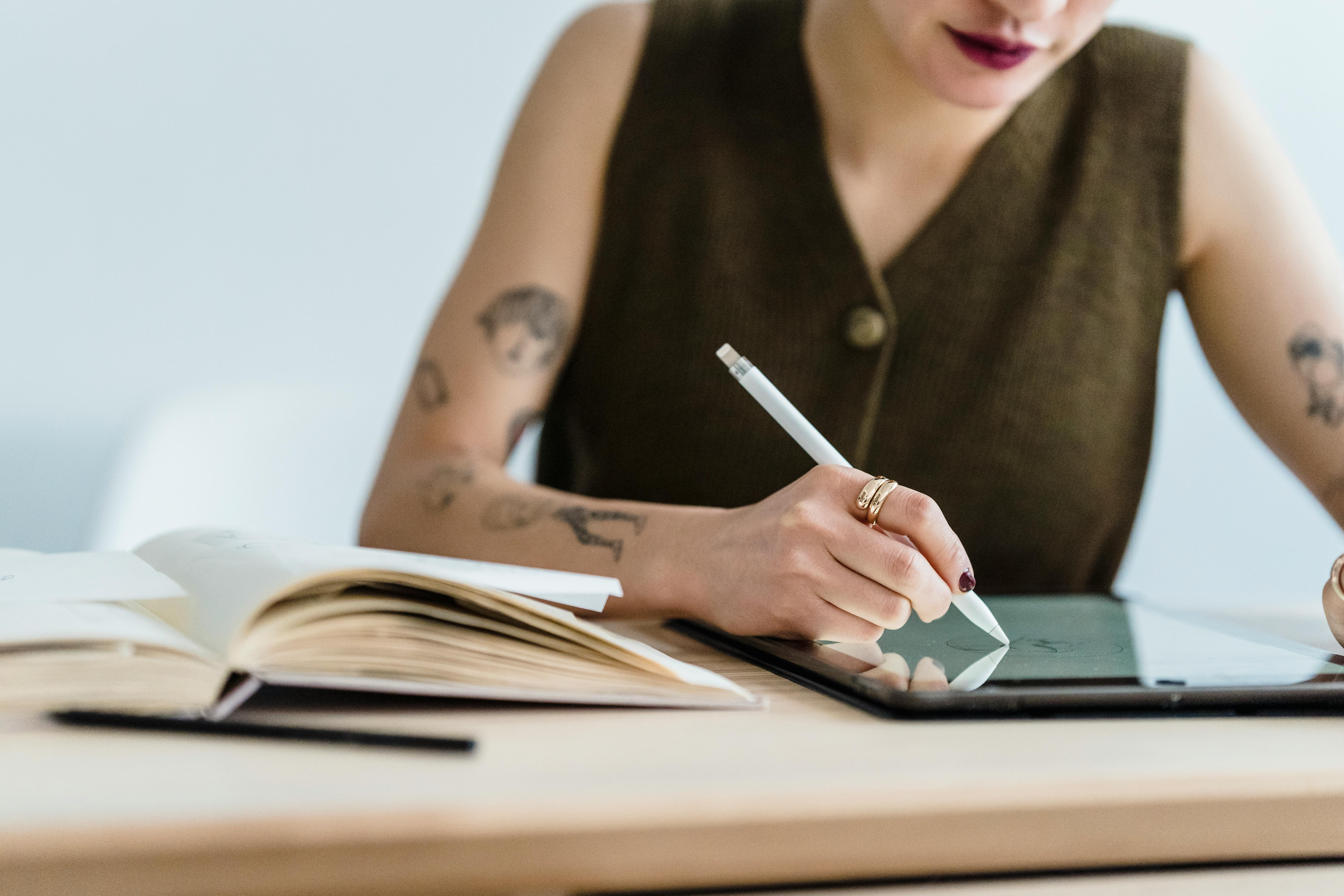
Photo by Michael Burrows on Pexels.
According to a study published in the Journal of Engineering and Applied Sciences, AI is reshaping the way we approach creativity in design. It’s not just about automating the boring stuff (though, let’s be honest, good riddance to hours of color correction). AI is pushing us to explore uncharted creative territories, like a GPS for the imagination that keeps recalculating to find the most exciting route.
But let’s get real for a second—is AI going to replace us creative geniuses? Hardly.
Think of it more like a super-powered intern who never sleeps, never complains, and has somehow digested every design book ever written. It’s there to amplify our creativity, not replace it. It’s the Robin to our Batman, the Watson to our Sherlock, the… okay, you get the idea.
Here’s a tweet-worthy tidbit for you: “AI in design: It’s not about replacing creativity, it’s about supercharging it. Embrace the unexpected, and watch your ideas soar! #AIDesign #CreativityBoost”
So, my fellow designers, as we navigate this brave new world of AI-assisted creativity, let’s remember to keep our human touch. After all, AI might be able to generate a thousand ideas in a second, but it can’t replace the joy of that ‘eureka!’ moment when you know you’ve cracked the creative code. It can’t replace the satisfaction of seeing your design out in the wild, making someone’s day just a little bit brighter.
AI’s Unexpected Design Mashups: A Creativity Explosion
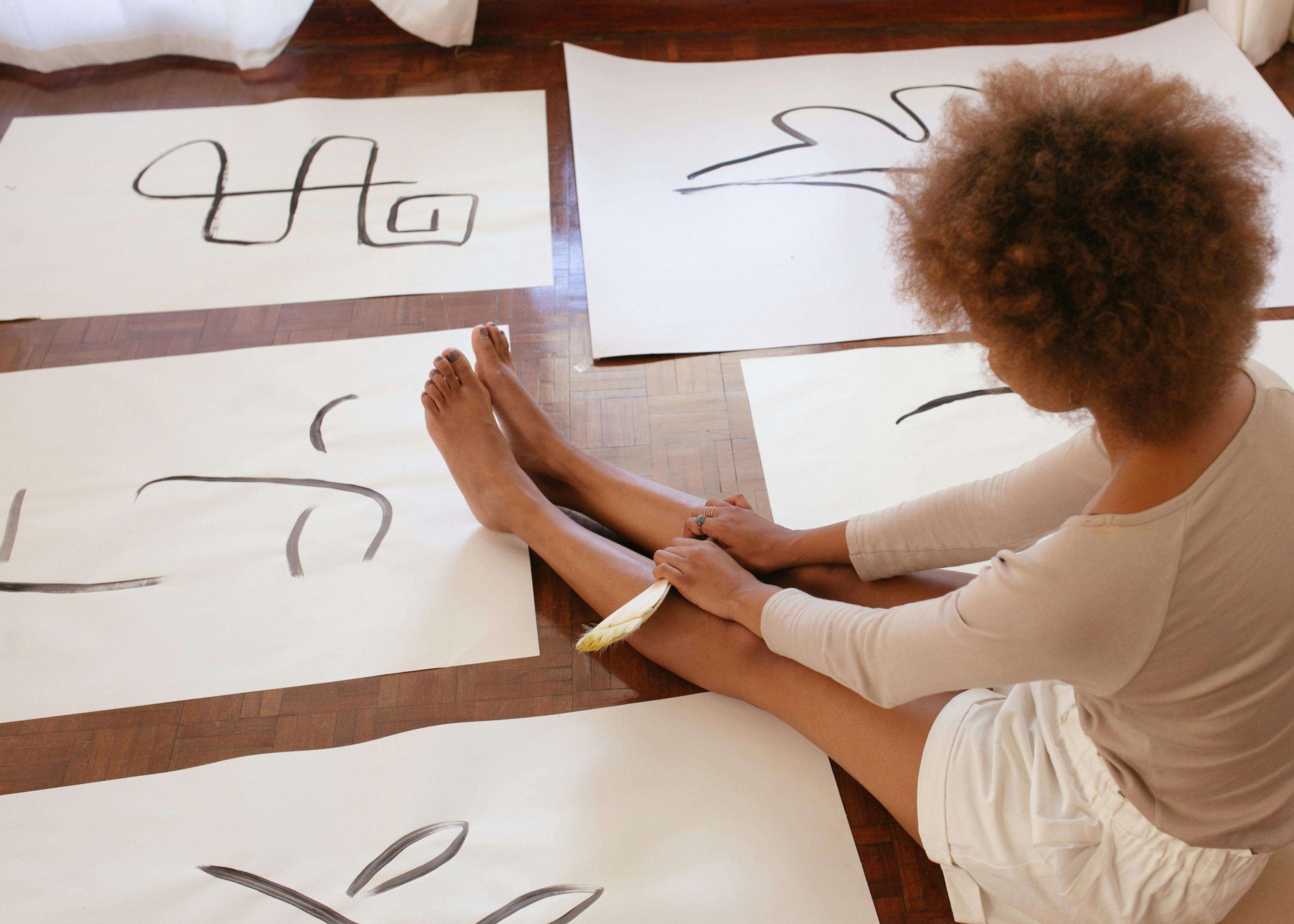
Photo by RF._.studio on Pels.
Welcome to the brave new world of AI-powered design, where the only limit is our ability to keep up with the machine’s wild imagination!
I’ll be honest, I was skeptical at first. ‘Great,’ I thought, ‘another thing to make us humans obsolete.’ But boy, was I wrong. AI isn’t here to replace us – it’s our ultimate creative wingman, pushing our ideas to places we never thought possible.
Take the mind-bending world of style blending. AI doesn’t just color inside the lines – it twists them into a pretzel, dips them in glitter, and serves them up on a silver platter. I recently came across an AI-generated image that looked like a surreal mash-up of polka dots, spheres, and a luminous cave. It was like Salvador Dali and Yayoi Kusama had a digital baby, and I couldn’t look away.
But it’s not just about pretty pictures. AI is revolutionizing how we approach design problems. Imagine creating a logo for a tech startup that appeals to both millennials and boomers. Instead of banging your head against the wall, you can feed parameters into an AI tool and watch it generate dozens of options blending retro and modern elements in mind-blowing ways.
And let’s talk materials. AI doesn’t stick to the familiar – it’s out there suggesting combinations that sound crazy but look amazing. Wood and neon? Concrete and silk? Why not? It’s like having a mad scientist of design, mixing potions and seeing what explodes (in a good way).
Here’s the real kicker: AI isn’t just giving us finished products; it’s teaching us to think differently. Every unexpected combination challenges our assumptions about what ‘works’ in design. It’s like having a constant stream of ‘what if’ questions pushing us to expand our creative horizons.
Of course, it’s not all rainbows and unicorns. There’s a valid debate about human creativity in an AI-driven world. But from where I’m sitting, AI isn’t replacing creativity – it’s supercharging it. It’s giving us tools to explore further, faster, and with more freedom than ever before.
AI Technologies for Enhanced Visualization
Let’s chat about something that’s seriously changing the game in interior design – AI-powered visualization tools. Trust me, these aren’t your grandma’s floor plans we’re talking about here.
Picture this: You’re trying to explain to a client how that lime green accent wall will totally work with their mid-century modern vibe. In the past, you’d be frantically waving your arms, pointing at swatches, and praying they have a vivid imagination. But now? Oh honey, now we’ve got AI that can whip up 3D renderings so realistic, you’ll be checking to make sure you didn’t accidentally redecorate in your sleep.
These fancy AI tools are like the fairy godmothers of interior design. They wave their digital wands and *poof* – your design concepts come to life in glorious 3D. It’s like creating a virtual tour of a space that doesn’t even exist yet. How’s that for magic?
But here’s the real kicker – these visualizations aren’t just pretty to look at (though they absolutely are). They’re game-changers for client presentations. No more blank stares or polite nods when you’re explaining your vision. Now, clients can virtually walk through their future space, checking out every nook and cranny. It’s like trying on clothes before you buy them, except instead of a new outfit, it’s an entire room.
And nothing beats the look on a client’s face when they can actually see how that oversized velvet sofa will fit in their living room. It’s like watching a kid on Christmas morning, except the gift is a perfectly designed space (and let’s be honest, that’s way better than socks).
Embracing the Future: AI’s Dazzling Dance with Interior Design
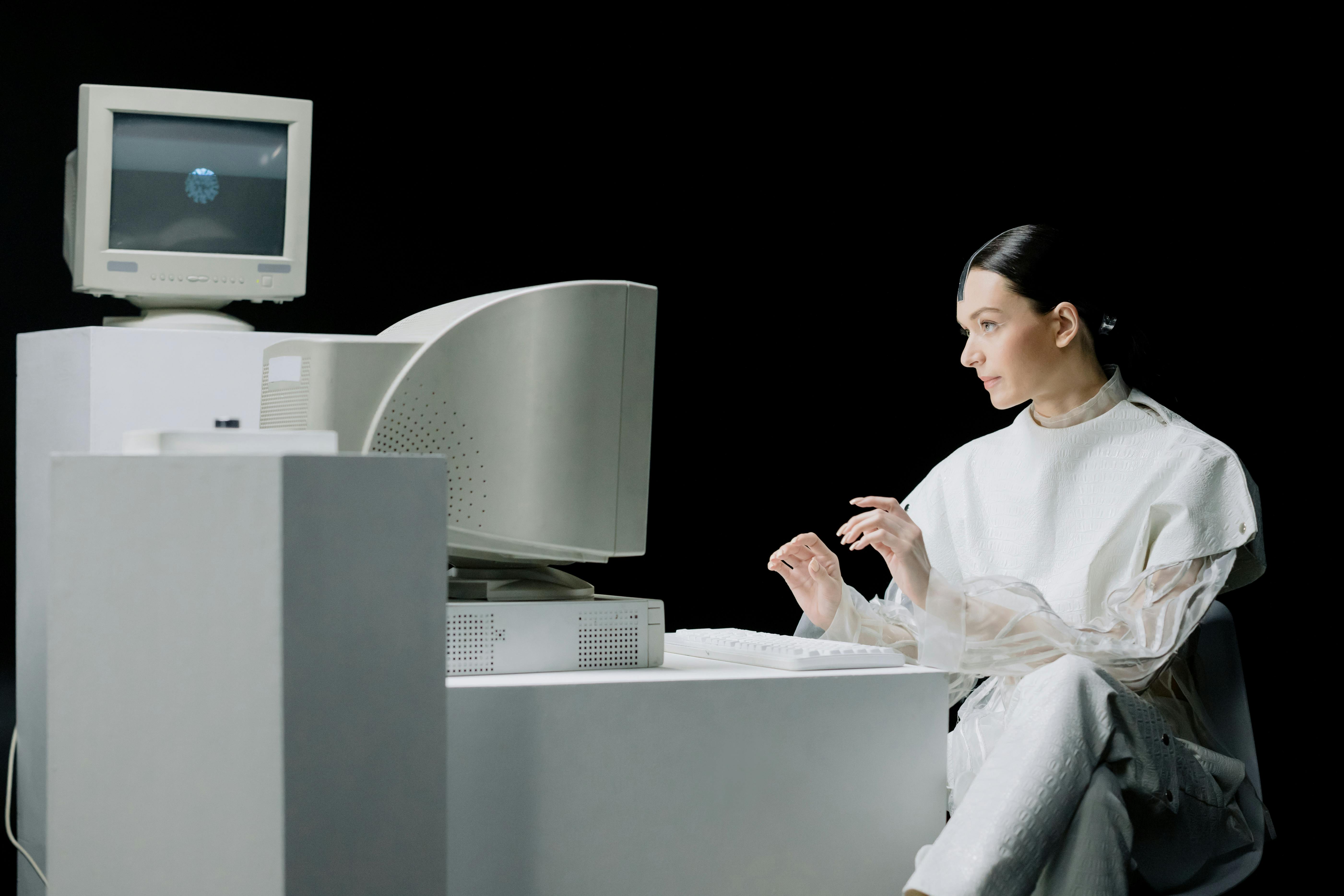
Photo by cottonbro studio on Pexels.
As we wrap up this journey, I can’t help but feel a mix of excitement and, let’s be honest, a tiny bit of trepidation about what the future holds. It’s clear that AI is not just knocking on the door of interior design – it’s redecorating the entire foyer!
The prospects are truly mind-boggling. Imagine walking into a room and having it instantly adapt to your mood, or having a virtual assistant that can whip up a Pinterest-worthy space faster than you can say “mid-century modern”. It’s enough to make even the most seasoned designer’s head spin!
But here’s the thing, my design-loving friends: while AI is undoubtedly revolutionizing the way we approach interior design, it’s not going to replace the human touch anytime soon. After all, can an algorithm really capture the joy of finding that perfect vintage lamp, or the satisfaction of arranging cushions just so? I think not!
What we’re looking at is a future where AI becomes our very clever sidekick, handling the nitty-gritty details while we focus on the big picture. It’s like having a super-efficient assistant who never complains about color-coding fabric swatches or measuring rooms for the umpteenth time.
As experts in the field have noted, AI excels at efficiency and precision, but it can’t replace the emotional intelligence, storytelling, and cultural nuances that human designers bring to the table. We’re the ones who can look at a space and see not just dimensions and color palettes, but potential for creating memories and experiences.
So, as we look to the future, let’s embrace AI as a powerful tool in our design arsenal, but remember that it’s our creativity, intuition, and uniquely human perspective that will always be the true heart of interior design. After all, who else is going to appreciate the irony of a robot helping us create more ‘human’ spaces?



